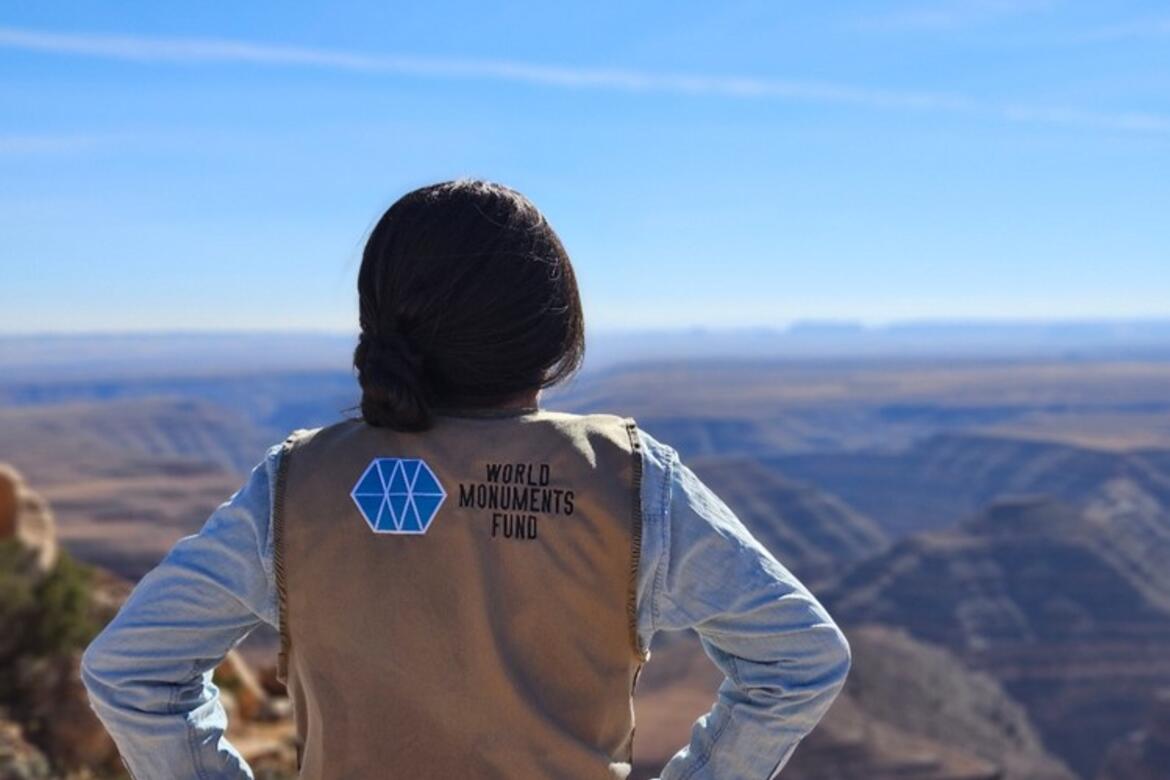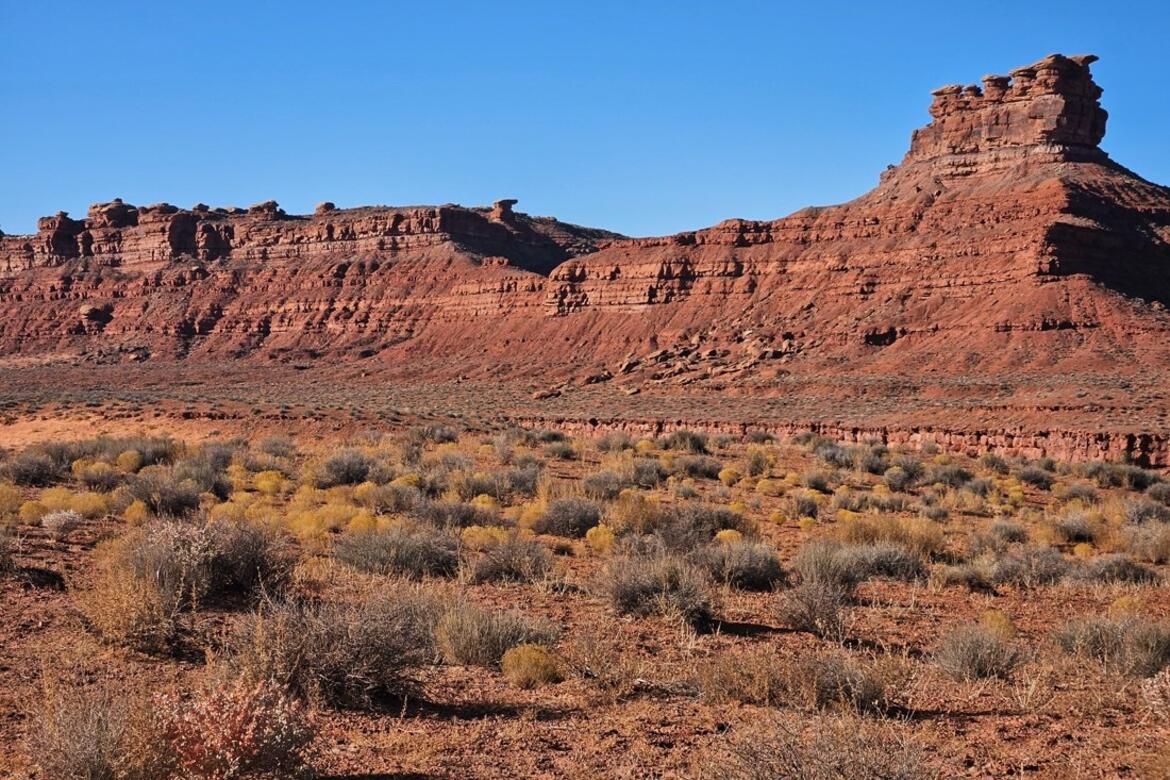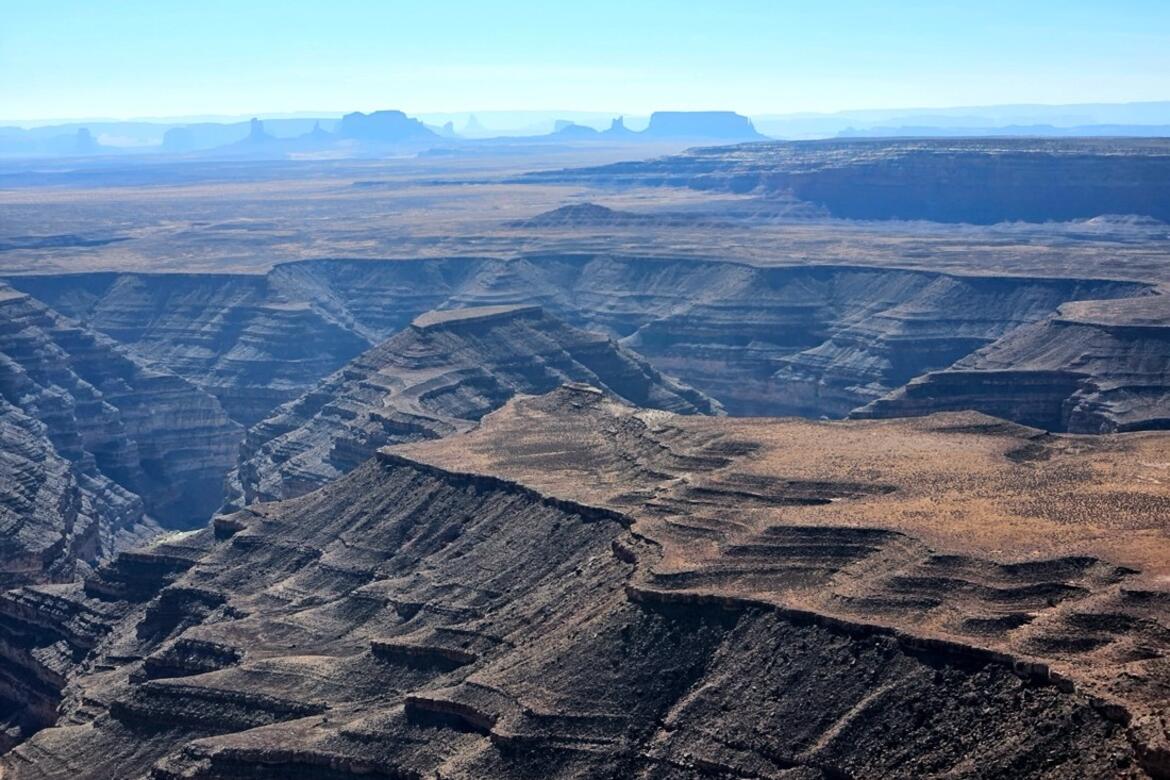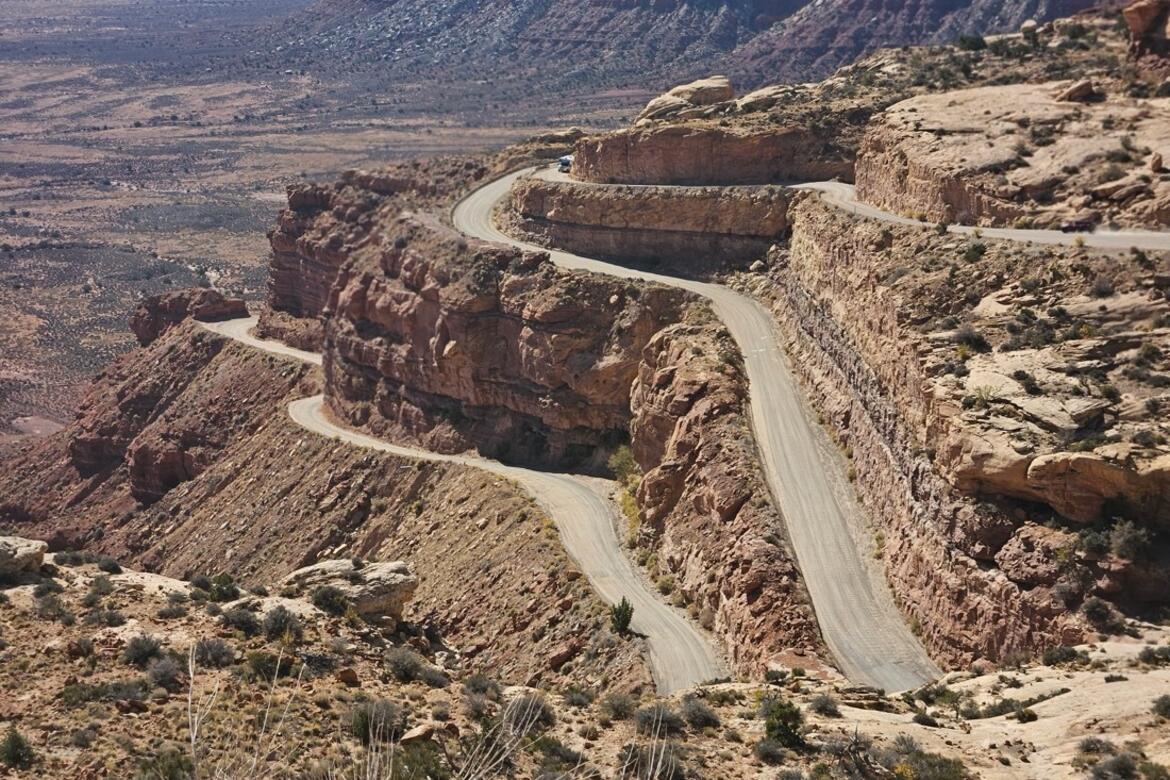From House on Fire to the Valley of the Gods: A Bears Ears, USA, Travelogue
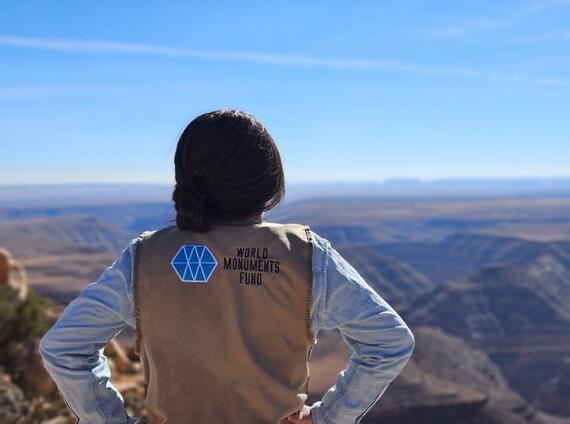
Everyone has an opinion about the mammoth. Located on a sheer cliff facing the San Juan River in what is now southern Utah, the rock carving—which some estimate was made 13,000 years ago—might be one of the oldest depictions of woolly mammoth rock art in North America. Supporters of the mammoth theory point to the figure’s curved tusks, its characteristic melon-shaped head, and the fact that megafauna dung has been discovered in a nearby cave large enough to shelter a herd. Others aren’t so sure. The identity of the carving has been inspiring excitement and debate for decades—and it’s just a small part of what makes Bears Ears National Monument, where the artwork is located, so remarkable.
But it would be easy for a passerby to miss this maybe-mammoth completely: the carving is located high off the ground, and its stylization can make the figure hard to spot and interpret if you don’t know where to look. Right now, there’s no signage to alert visitors to this incredible chapter of the site’s history. As one aspect of the next phase of World Monuments Fund’s (WMF) project at Bears Ears, we’re working with local partners to change that.
I had a chance to snap a picture of the mammoth on my latest trip to Bears Ears, which coincided with Native American Heritage Month. It was my third since the site was named to the World Monuments Watch in 2020. At the time, the Trump administration had recently announced a drastic reduction to the monument, allowing utility lines, roads, mines, and cattle grazing to irrevocably damage lands sacred to many Tribes in the region. That decision has since been rolled back, restoring critical protections to areas of immense significance for local Indigenous communities.
We had the opportunity to visit some of Bears Ears’ incredible features—from the Puebloan dwellings of Butler Wash to the breathtaking views of the Valley of the Gods—with expert local guides. We were lucky to have Louis Williams of Ancient Wayves River and Hiking Adventures share his deep knowledge of the area and its history with us. We also met with Carleton R. Bowekaty, the former lieutenant governor of Zuni Pueblo who was previously co-chair of the Bears Ears Inter-Tribal Coalition, one of our partner organizations, at the Monument. Many of the back-country sites we visited are extremely delicate, prone to damage from even small actions like stepping off the trail or moving a stone. Our collaborators at the Bears Ears Partnership (formerly Friends of Cedar Mesa) have worked hard to promote conscientious visiting practices, keeping these ancient places—and those who visit them—safe from harm.
My latest trip underscored the importance of building relationships for successful long-term site stewardship. At Bears Ears, we are working alongside public lands agencies, Tribal communities, and local stewards to ensure that visitation to the site is sustainable, respectful, and guided by Indigenous input from the get-go. In our work, we’ve ensured Tribal representatives are involved in decisions like signage and amenity placement, and the design approach for new trail infrastructure draws from local materials and building traditions, blending harmoniously into the landscape. With WMF Creative Director Jason Knauer-Nassau, we were also privileged to interview several Tribal representatives about the significance of Bears Ears. Visiting Sand Island Petroglyph Panel with our partners, guests, and WMF team confirmed that our work in Bears Ears is modeling a process that has rarely been seen in safeguarding Indigenous cultural heritage in the United States. It was an experience that drove home the inextricable link between tangible and intangible heritage—as much as we strive to protect the places themselves, we also must make sure that the oral traditions surrounding them stay alive for future generations.
Learn More
World Monuments Fund safeguards cultural heritage around the globe, ensuring our treasured places are preserved for present and future generations.
Sign up for our newsletter to receive regular updates on our projects, stories from the field, upcoming events, and more!
World Monuments Fund's work at Bears Ears National Monument has been made possible, in part, by support from Butler Conservation and by Nora McNeely Hurley and Manitou Fund.

